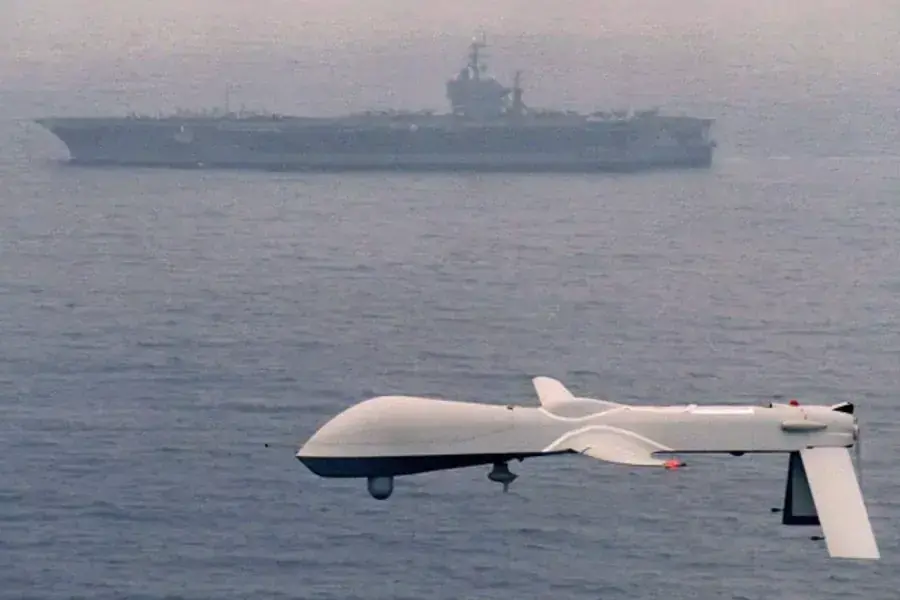America’s Third War

More on:
“The only valid national security reason for classifying information is that a hostile element whose goal is to damage the interests of the United States should not have use of the information.” Report of the Senate Select Committee on Intelligence, 1986
A democratic government is responsible for informing its citizens about its activities, while simultaneously protecting legitimate secrets that, if revealed, could potentially harm its national security. Nowhere has this tension been more pronounced than in America’s decade-long targeted killings campaign outside the battlefields in Iraq, Afghanistan, and Libya.
Since 9/11, the United States has attempted targeted killings in four other countries: approximately three hundred in Pakistan, thirty in Yemen, twenty in Somalia, and one in Syria. These attacks were primarily conducted by armed drones, but also by ship- and aircraft-launched cruise missiles, AC-130 gunships, and special operations raids. Although estimates vary, perhaps three thousand people were killed in these attacks, including suspected al-Qaeda members, local militants, and some unintended civilian victims.
By any common-sense definition, these vast targeted killings should be characterized as America’s Third War since 9/11. Unlike Iraq and Afghanistan—where government agencies acted according to articulated strategies, congressional hearings and press conferences provided some oversight, and timelines explicitly stated when the U.S. combat role would end—the Third War is Orwellian in its lack of cogent strategy, transparency, and end date.
The Bush and Obama administrations have contended that some—but not all—of their attempted targeted killings were covert actions, defined by law as “that the role of the United States Government will not be apparent or acknowledged publicly.” For example, President Obama acknowledged drone strikes in Pakistan in January: “Obviously a lot of these strikes have been in the FATA [Federally Administered Tribal Areas of Pakistan] going after al-Qaeda suspects.” He added, “There’s this perception that we’re just sending a whole bunch of strikes willy-nilly,” but “this thing is kept on a very tight leash” and not managed by “a bunch of folks in a room somewhere just making decisions.”
This is mere assertion. It echoes other senior administration officials’ repeated remarks about the legality, near-infallibility, effectiveness, and inevitability of targeted killings. The U.S. government has provided no information that would allow any review, scrutiny, or oversight of its 350-and-counting targeted killings.
In Yemen, drone strikes target al-Qaeda in the Arabian Peninsula (AQAP), a terrorist organization that did not exist on 9/11 but now has “more than a thousand members,” according to John Brennan, senior White House counterterrorism adviser. Last week, CIA director David Petraeus reportedly requested permission to expand drone attacks in Yemen to include “signature strikes” against anonymous suspected members of AQAP. Since these attacks are covert, the administration will offer no public defense, although it begs Petraeus’s haunting question at the onset of the Iraq war in 2003: “Tell me how this ends?”
Obviously, some operational details have not appeared in the open press and should remain classified. However, the existence of these drone strikes is no secret, and no longer justifies the thick veil of secrecy surrounding the program. When it comes to the well-documented U.S. targeted killings, there is no well-informed citizenry. The charade of the ‘covert’ nature of the Third War is indefensible.
More on:
 Online Store
Online Store